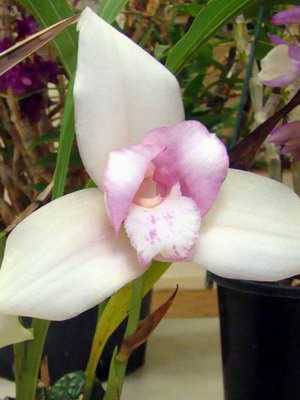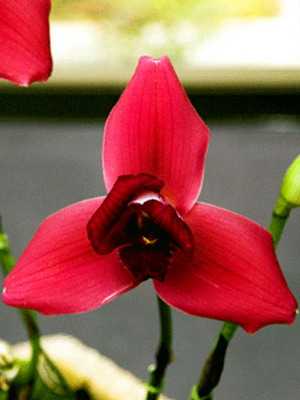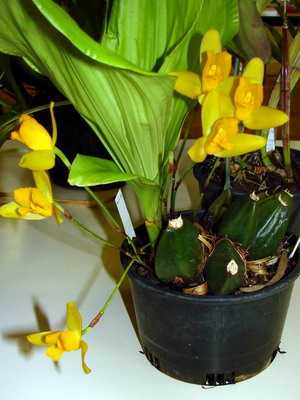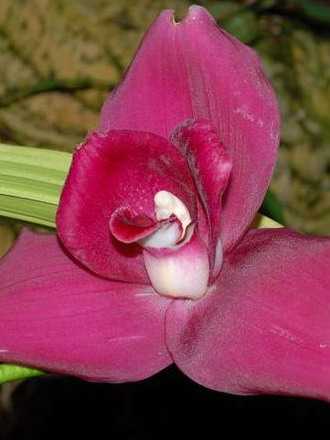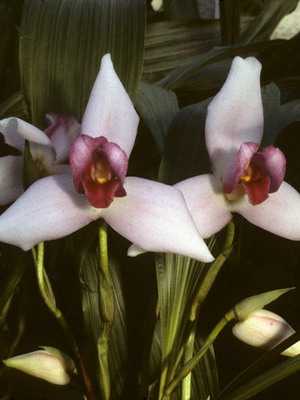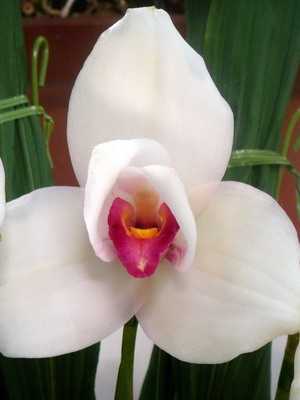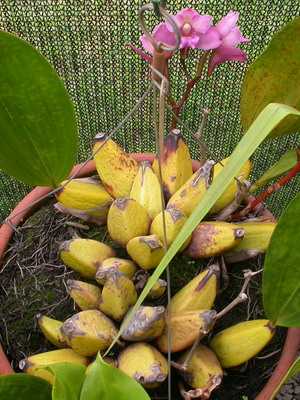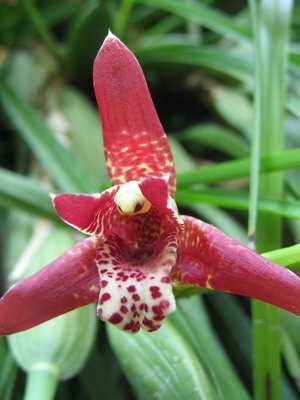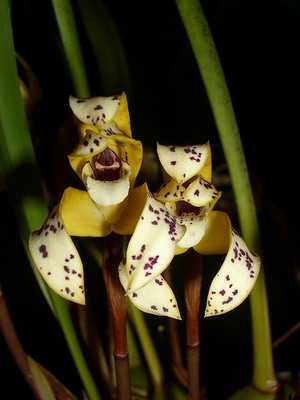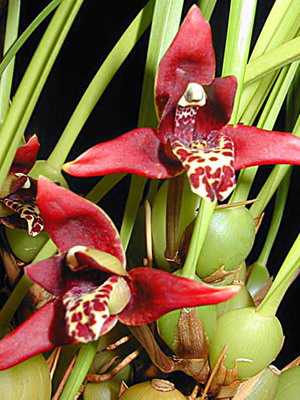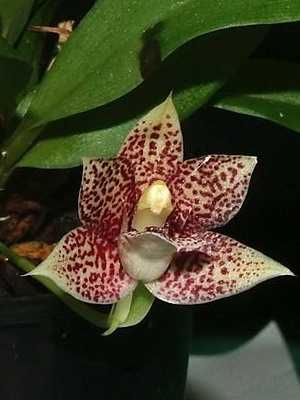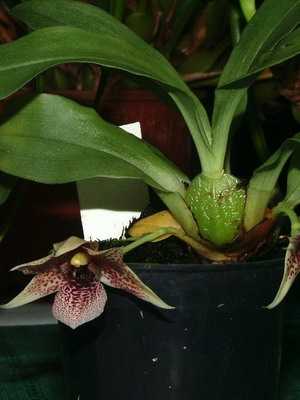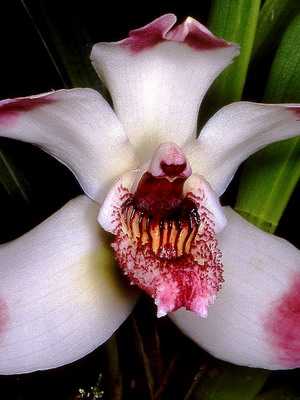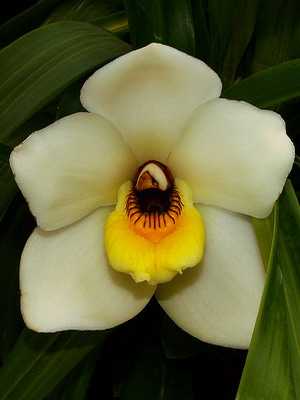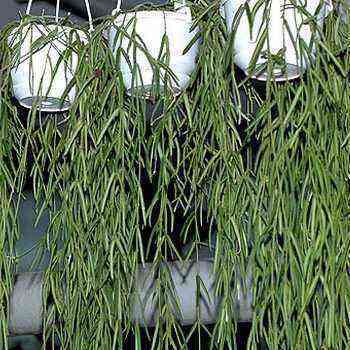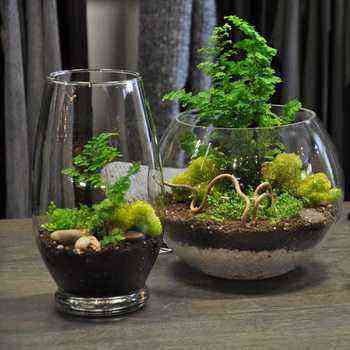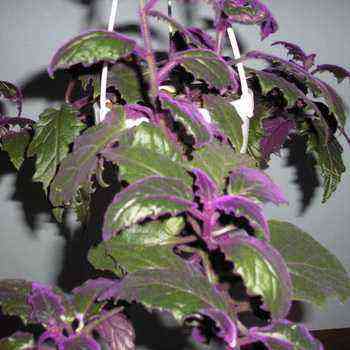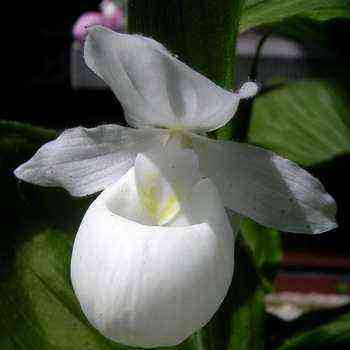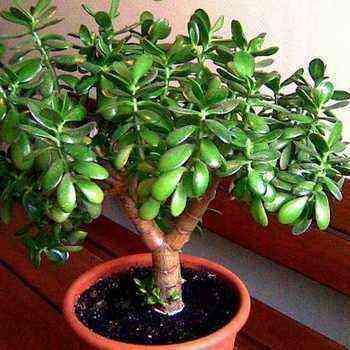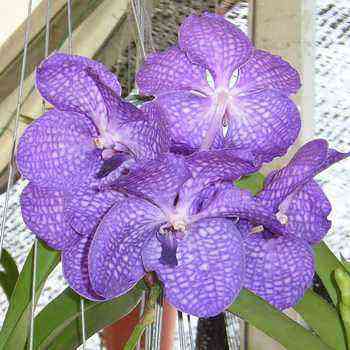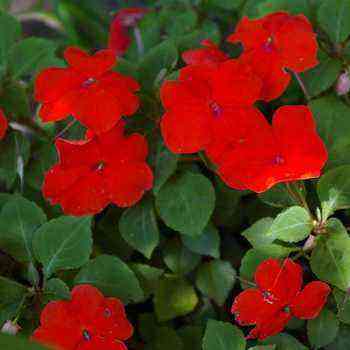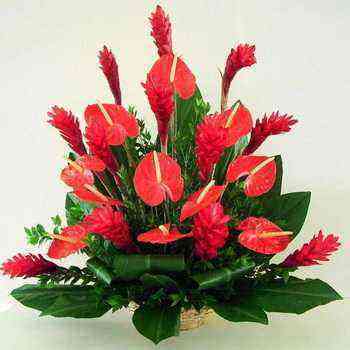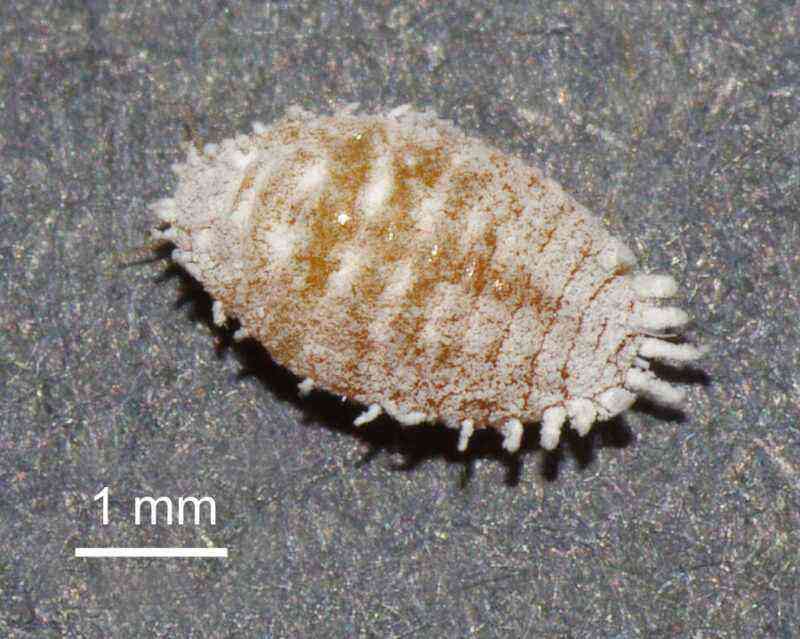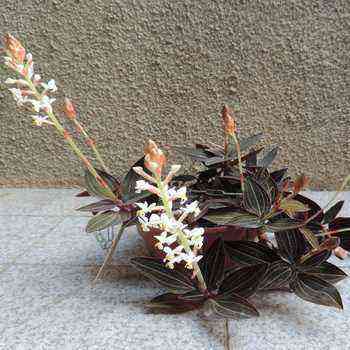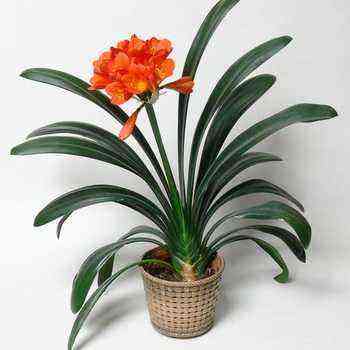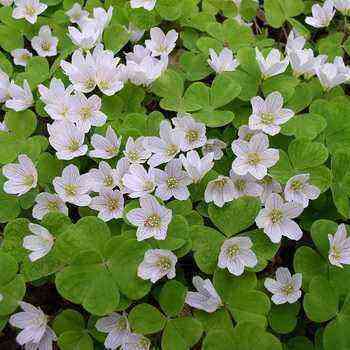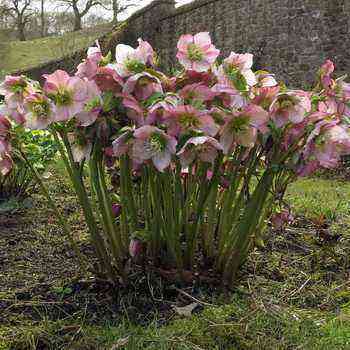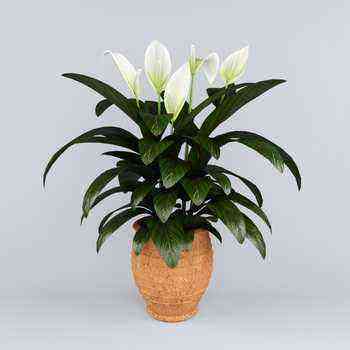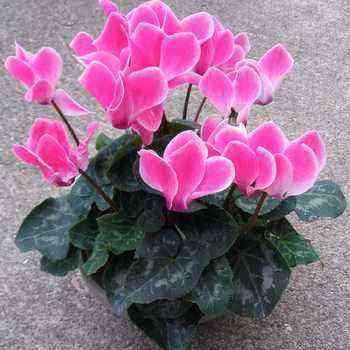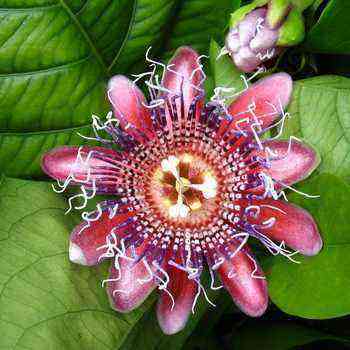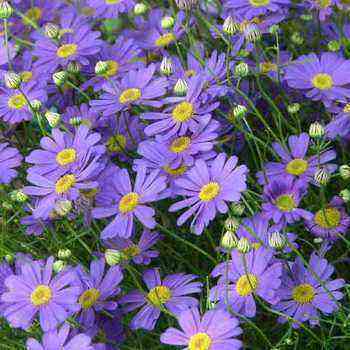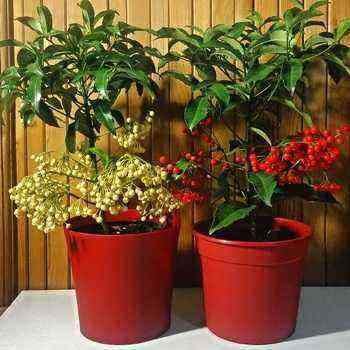
In this article, we will tell you about the types and names of orchids, we will provide an opportunity to see the types of orchids in the photo, and we will also give a detailed description of such types of domestic orchids as lycast, maxillaria, exchange, bifrenaria, pescatorea.
Lycast orchid and its photo
This genus unites about 50 species of deciduous sympodial orchids, which are native to the plain and mountain rainforests of Central and South America from Mexico to Peru. The lycast orchid is an epiphytic or terrestrial plant that grows well under moderate to warm temperatures; they are distinguished by thick pseudobulbs and large thin folded leaves. Leaves usually last only one season and then fall off.
Interesting hybrid Lycaste Shoalhaven “Virgin White” – Plants with large flowers varying in color from white to dark purple.
Lovers are best known fragrant lycast (Lycaste aromatica) – epiphytic or epilithic orchid with folded, oblong leaves, originally from Mexico, Guatemala and Honduras. In the spring, several peduncles with fragrant yellow-orange flowers develop. It is not difficult to grow it: it needs a moderate temperature and medium-intensity diffused lighting. For your orchid to bloom profusely, plant it in a flower pot filled with standard orchid substrate.
However, despite the fact that fragrant lycast is the most popular species in culture, the most beautiful is the maiden lycast (Lycaste virginalis), which is often offered for sale under the name Skinner lycast (Lycaste skinneri). The unusual appearance of the maiden lycast is reflected in its species name, which implies the virgin, untouched beauty of the plant.
Look at the photo of lycasts – this orchid looks very much like other lycasts. Her pseudobulbs bear 2-3 leaves. Flowers up to 15 cm in diameter, pale pink, with a darker lip covered with purple spots. Maiden lycast is grown in the same way as fragrant lycast.
In culture, the white-flowered variety var is very popular. alba.
Orchid Lycaste Shoalhaven “Virgin White” Is an excellent example of L. Skinneri hybrid. Most plants have large, beautiful flowers ranging in color from white to dark purple, if the plants are practically pure white flowers.
View of the home orchid bifrenaria
BIFRENARIA – genus, numbering about 20 species. In nature, they grow mainly in the tropical forests of Brazil.
In most, bifrenaria pseudobulbs carry one leathery leaf each. Plants easily adapt to different temperature conditions and grow quickly under favorable conditions. This type of home orchid should be exposed to full sun for several hours during the day; bloom in spring or summer.
Orchid maxillaria and its photo
MAXILLARIA Is a large group of sympodial orchids, including several hundred epiphytic or lithophytic plants from Central and South America. The name of the genus comes from the Latin maxilla – “jawbone” or “jaw”, which indicates a lip, which in some species looks like a protruding chin. According to another version, the name of the Maxillaria orchid was given because of the similarity of its flowers to the jaw of an insect.
The species are very diverse in flower shape, size and color. Single flowers bloom on peduncles that appear at the base of the pseudobulbs, and the petals are smaller than the sepals. The flowers are often fragrant.
Pay attention to the photo of the most common varieties of maxillaria: variegated (Maxillaria picta) with medium-sized fragrant flowers, yellow with purple spots, blooms in December-January and narrow-leaved (Maxillaria tenuifolia) with purple flowers of the original form, blooming in November-January.
The genus includes various plants and they require different conditions of detention. However, most species prefer temperatures between cool and moderate and diffused light. They grow well in pots with a pine bark substrate, and miniature Maxillaria species grow on tree fern or bark supports.
In addition, maxillaria belong to orchids with a pronounced cyclical development.
Types of indoor orchid promenaea and pescatorrhea
Another name for the type of orchid, the photos of which we bring to your attention, is exchanging (PROMENAEA)… This plant has about 12 expressive miniature epiphytic subspecies from the humid mountain and tropical forests of Central and Southern Brazil. Miniature Promena sympodial orchids have large single flowers. This type of orchid is grown in cool to moderate temperatures, in humid and shaded conditions. Plants bloom in spring and summer.
Pescatorea (PESCATOREA) has about 15 subspecies of epiphytic orchids that grow from Costa Rica to Colombia. The name of the genus was obtained in honor of the French orchid grower J.P. Pescator. For pescatorea, it is necessary to maintain humid conditions, since it does not have pseudobulbs, they do not tolerate stuffiness, they need constant circulation of fresh air around the foliage. In spring and summer, large bright and fragrant flowers bloom on the peduncles from the axils of the leaves, which keep fresh for a long time.
